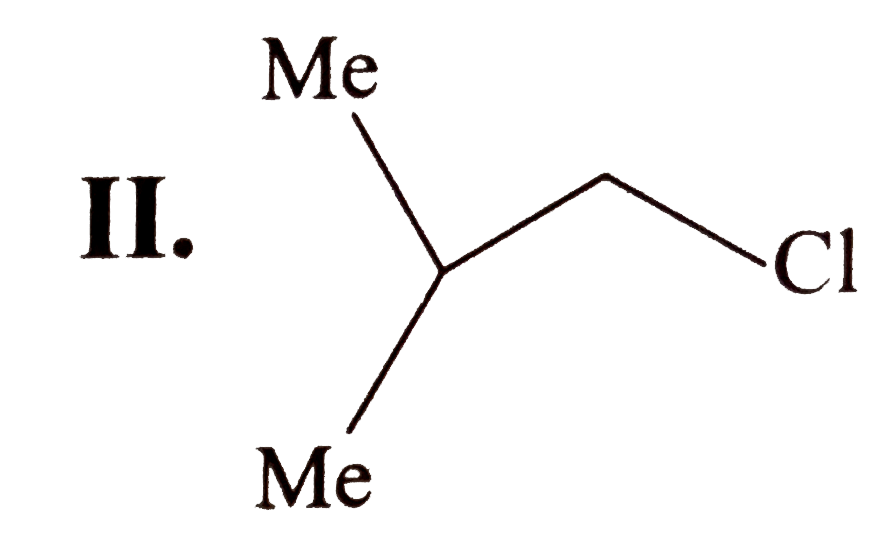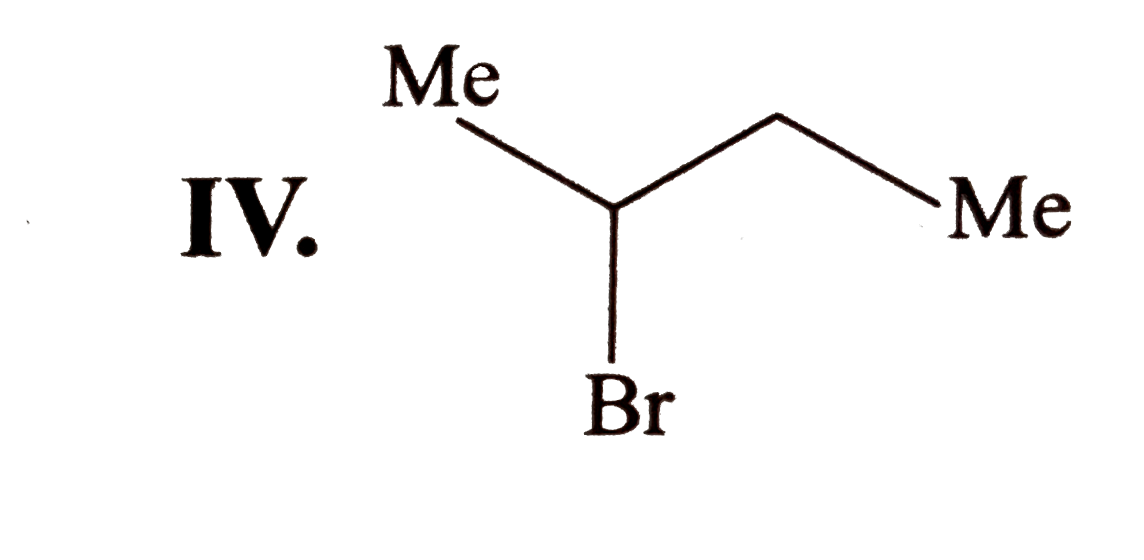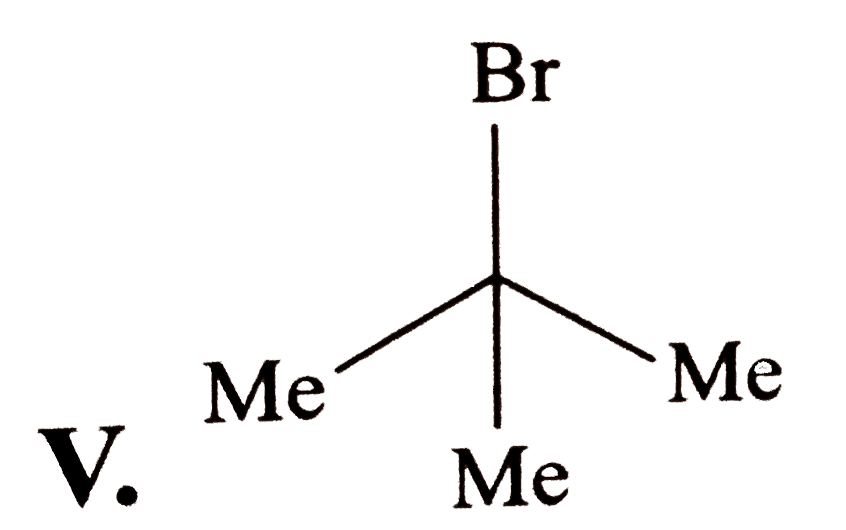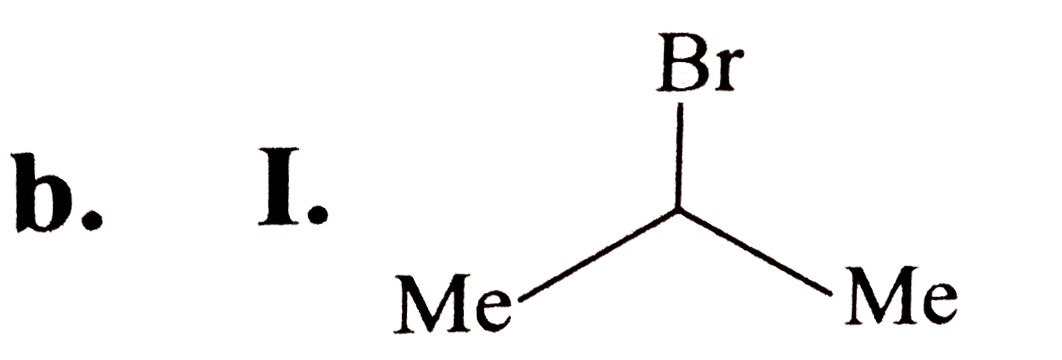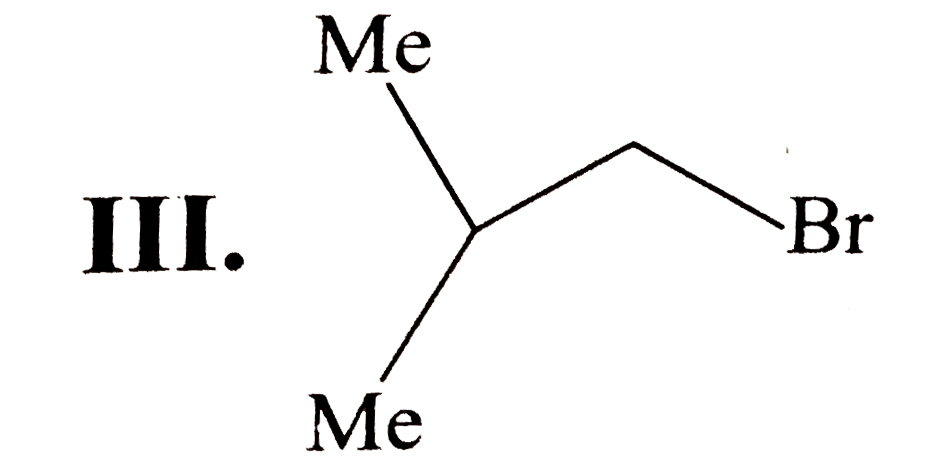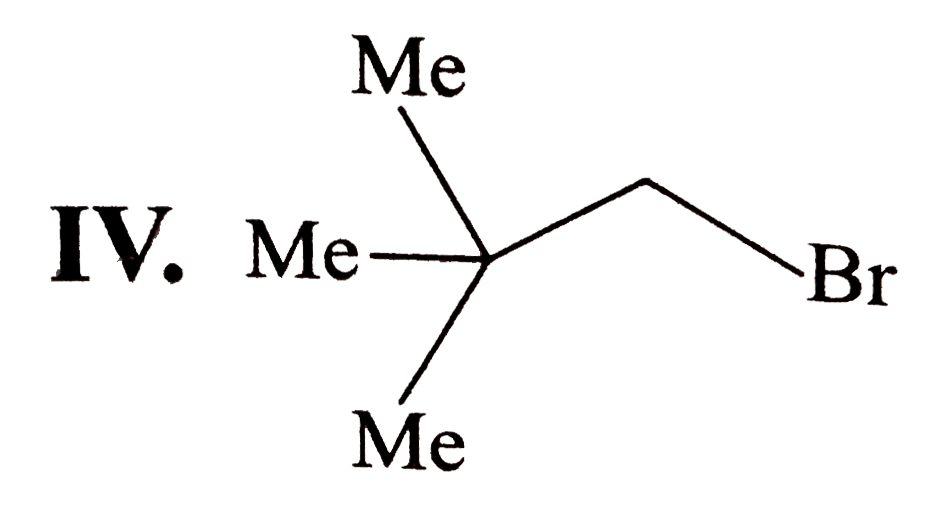Give the increasing order of melting points of the following compounds:
a. I. NaF , II. NaCl , III. NaBr, IV. NaI
b. I. CaI2 , II. CaBr2 , III. CaCl2 , IV. CaF2 , V. BeCl2
d. I. NaCl , II. MgCl2 , III. AlCl3
e. I. CCl4 , II. BCl3 , III. BeCl2 , IV. LiCl
a. NaF<NaCl<NaBr<NaI
m.pt. (.∘C)988<801<755<651
∴I<II<III<IV
[Size of anion increases, covalent character increases and m.pt. decreases]
b. CaF2<CaCl2<CaBr2<CaI2(IV<III<II<I)
m.pt. (0∘C)1392<772<730<575
Since cations is same the charges on the ions are also same. So, the size of anion increases (group 17 ions), covalent character increases and m.pt decreases.
c. BaCl2<SrCl2<CaCl2<MgCl2<BeCl2(I<II<III<IV<V)
m.pt. (0∘C)960<872<772<712<405
Since anion is same the charges on the ions are also same. So, the size of cation decreases (group 2 ions), covalent character of cation decreases and m.pt. increases.
d. +1NaCl<+2MgCl2<+3AlCl3(I<II<III)
The charge on the cation increases, covalent character increases and m.pt. decreases.
e. +1LiCl<+2BeCl2<+3BCl3<+4CCl4(IV<III<II<I)
The charge on the cation increases, covalent character increases and m.pt. decreases.
Topper's Solved these Questions
- PERIODIC CLASSIFICATION OF ELEMENTS AND GENERAL INORGANIC CHEMISTRYBook:CENGAGE CHEMISTRYChapter:PERIODIC CLASSIFICATION OF ELEMENTS AND GENERAL INORGANIC CHEMISTRYExercise:Solved Examples
Explore 34 Videos
- PERIODIC CLASSIFICATION OF ELEMENTS AND GENERAL INORGANIC CHEMISTRYBook:CENGAGE CHEMISTRYChapter:PERIODIC CLASSIFICATION OF ELEMENTS AND GENERAL INORGANIC CHEMISTRYExercise:Ex 1.1
Explore 14 Videos
- P-BLOCK GROUP 14 - CARBON FAMILYBook:CENGAGE CHEMISTRYChapter:P-BLOCK GROUP 14 - CARBON FAMILYExercise:Exercises Archives (Subjective)
Explore 9 Videos
- PURIFICATION OF ORGANIC COMPOUNDS AND QUALITATIVE AND QUANTITATIVE ANALYSISBook:CENGAGE CHEMISTRYChapter:PURIFICATION OF ORGANIC COMPOUNDS AND QUALITATIVE AND QUANTITATIVE ANALYSISExercise:Assertion Reasoning Type
Explore 5 Videos
Similar Questions
Knowledge Check
The decreasig order of priority for the following functional groups is:
I.−OH II gt −C≡C−
III.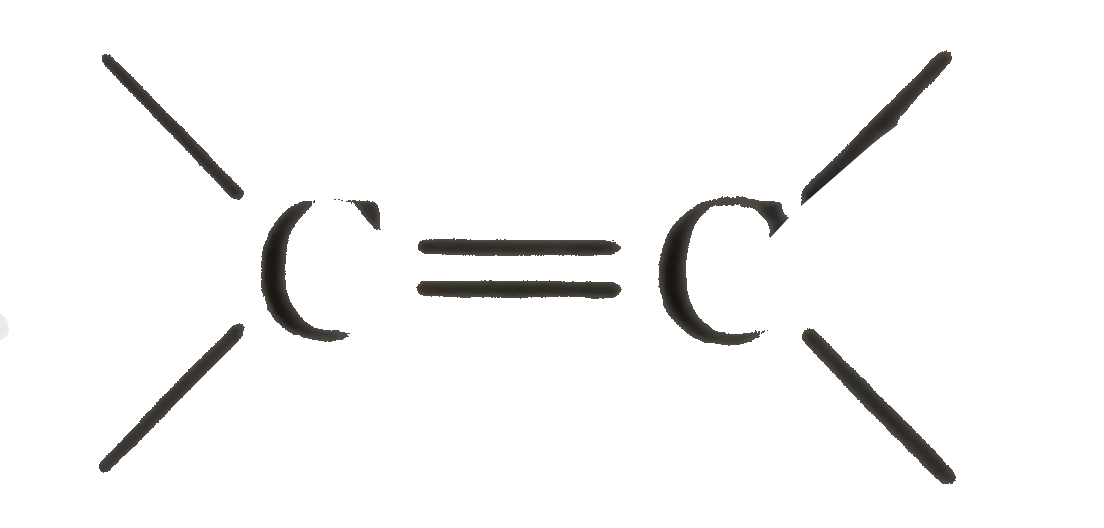 IV. −NH2A(IV)>(I)>(II)>(III)B(IV)>(I)>(III)>(II)C(I)>(IV)>(III)>(II)D(I)>(III)>(IV)>(I)
IV. −NH2A(IV)>(I)>(II)>(III)B(IV)>(I)>(III)>(II)C(I)>(IV)>(III)>(II)D(I)>(III)>(IV)>(I)Which of the following are ionic compounds ?
(I) MgCl2
(II) HCl
(III) CCl4
(IV) Na2OABoth (I) and (II)BBoth (II) and (III)CBoth (I) and (IV)D(I), (II) and (IV)Arrange the following compounds in the order of decreasing acidity.
I II
II  III
III  IV
IV  AII>IV>I>IIIBI>II>III>IVCIII>I>II>IVDIV>III>I>II
AII>IV>I>IIIBI>II>III>IVCIII>I>II>IVDIV>III>I>II
Give the decreasing order of covalent character of the following compounds.
a. I. GeCl2 II. GeCl4 III. SnCl2 IV. SnCl4
V. PbCl2 VI. PbCl4
b. I. CH4 II. NH3 III. H2O IV. HF
c. I. HF II. HCl III. HBr IV. HI
d. I. AgI II. NaI III. CuI IV. NaCl
View SolutionThe decreasing order of −I effect of the following is :
(I) R⊕4
(II) NO2
(III) CN
(IV) SO3H
(V) COOH.
View SolutionThe decreasing order of−I effect of the following is :
(I) COOH
(II) F
(III) OR
(IV) NH2
(V) OH
(IV) Ph−.
View SolutionThe decreasing order of +I effect of the following is :
(I) −OӨ
(II) Me−
(III) Et−
(IV) Me2CH−
(V) Me3C−.
View SolutionCorrect order of freezing point of given solution
I. 0.1 M glucose II. 0.2 M urea III.0.1 M NaCl IV. 0.05MCaCl2
View Solution


